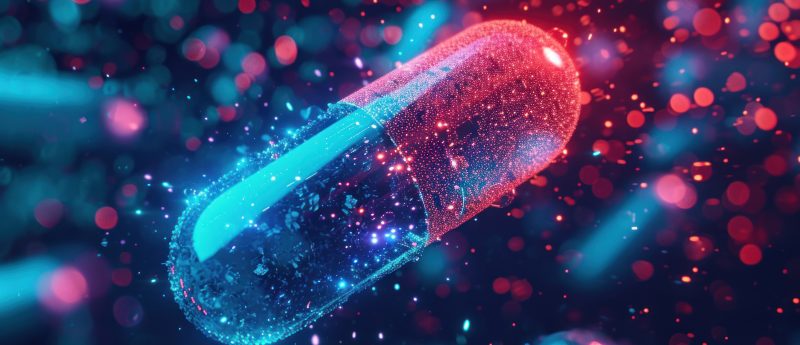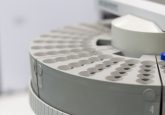How is malaria developing resistance to front-line drugs?

Researchers from Nanyang Technological University (Singapore) have discovered how the malaria parasite is developing resistance to front-line drugs. The team used a microarray technique to analyze 1000 malaria samples from patients in countries where various strains of malaria are still prevalent including Cambodia, Thailand, Vietnam, Laos and Myanmar. Their findings, published in Science, include the discovery that the parasite has mutated to become resistant to the Artemisinin.
There is currently no vaccine for Malaria, which affects over 60 million people worldwide, and existing drugs are losing their efficacy due to increased antimalarial resistance.
The most surprising find in the study, as described by Zbynek Bozdech, an associate professor at the university, was that in Cambodia and nearby regions nearly all malarial parasites tested had mutated and showed resistance to Artemisinin. In contrast, only 1 – 3 % of parasites from the Congo and African countries tested showed drug resistance. Artemisinin is the main drug used in combination therapies to treat malaria.
“The wonder drug cocktail that can treat patients in three days — is now taking twice as long to work, and in some rare cases, has little to no effect,” explained Bozdech.
To determine how the parasite is protecting itself against Artemisinin, the research team used customized techniques to correlate the clinical data from the samples with functional genomic results. They found two major ways the malaria parasite becomes resistant.
Sachel Mok, a research fellow from Nanyang and first author of the paper, described the two ways that the parasite is becoming resistant. “First, the malaria parasite increased its capacity to repair the damage caused by the anti-malarial drug which gives it a higher chance of survival. Second, because the drug is more effective against the parasite at its later stage of its development, the parasite slowed down its growth so it could survive longer in the younger stages.” Using methods such as gene expression analysis, the researchers were able to link the two phenomena to a gene named K13.
There are many benefits to be sought from these findings. An understanding of how the parasite is developing its resistance can help healthcare workers better treat patients suffering from malarial infections. Doctors can employ new strategies for treatment; adapting the ‘cocktail’ of drugs used in combination with Artemisinin.
In addition, this data will allow governments and scientists to better monitor the drug’s resistance, and develop more effective ways of combating it. This is particularly important, as the resistance noted in Cambodia is likely to spread, and Artemisinin is the last effective drug available.
Sources: Mok S, Ashley EA, Ferreira PE et al. Population transcriptomics of human malaria parasites reveals the mechanism of Artemisinin resistance. Science DOI: 10.1126/science.1260403 (2014) (Epub ahead of print); Latest research by NTU discovers reasons for malaria’s drug resistance.





